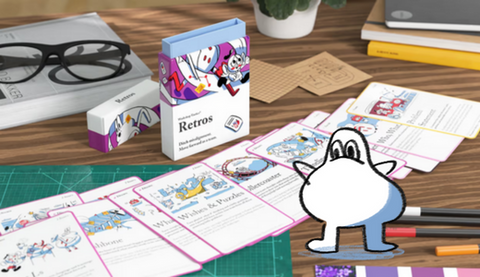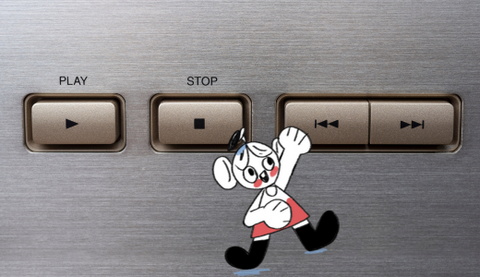Before you solve a problem, you need to truly understand what that problem is. Sometimes, it can seem obvious: the issue is staring us right in the face. But often, you need to dig a little deeper…
What is root cause analysis?
Put simply, it’s an approach that helps you discover the ‘root cause’ of the situation. It’s a way of sifting through the available information and assessing what is relevant and can help you find a solution, and what’s just ‘noise’.
When to use root cause analysis?
Root cause analysis can be applied to any problem, big or small. While smaller, straightforward issues may not require this level of interrogation, you might want to keep it in the back of your mind in case those small issues persist, or snowball. Top tip: the first method mentioned in the tools section below can be carried out relatively quickly.
For medium to big problems - that is, ones that have lasted a long time and/or cause significant negative impact on your business - don’t delay. Do some root cause analysis today!
Preparing for root cause analysis
Before you start, gather as much information as you can about the issue. Who does it affect, what harm does it cause them, how are they avoiding that harm? What will the impact on your business be if you do not address the issue? How long do you have before that happens?
Speak to people - employees, customers - to get their opinions.
Once you have this information, you’re ready to move on to your analysis.
Root cause analysis tools
Fortunately, there are some tried and tested ways to do this. The first sounds like it is inspired by the whining of a curious toddler, but it’s surprisingly powerful. Give it a shot!
Five Whys
It’s so simple, it almost sounds stupid. But it’s very effective. All you have to do is ask the following questions:
- Why?
- Why?
- Why?
- Why?
- Why?

The first ‘why’ is usually along the lines of “Why did X problem occur?” For a worked example and a Miro template, check out the Five Whys Workshop Tactics card. Or, just give it a go!
And if that doesn’t work, or you think you need more context and input from others, there are lots of ways to develop a deeper understanding of your problem.
Fishbone analysis
Fishbone analysis uses an Ishikawa, or fishbone diagram, to identify possible causes of the issue you are facing. It’s a visual cause-and-effect diagram that sorts ideas for solutions into categories as you work on it. Sounds ideal, right? It is!
This approach helps get your team’s thinking out of a rut and into solutions mode. Here’s how it works:
- Start with your problem statement and a horizontal line leading up to it (as shown in the diagram below).
- Brainstorm the major categories of possible causes by asking “Why does this problem occur?” several times. Add them, fishbone arrangement, to the diagram.
- Then, ask the same question for each category, giving you sub-categories, and smaller ‘fishbones’.
- Keep going! Push for more potential causes in each category until your team runs out of ideas.
- When you’re finished, use the Secret Vote tactic to whittle down to the one (or three) suggestion that the group believes to be the true root cause.

Sound familiar? Well, you can use the Five Whys tactic as part of the process.
Wardley Mapping
A Wardley map is a powerful tool to help you identify how all of the different elements of your project fit together. Everything from the raw materials to the end user is related, sometimes in ways you can’t see until you draw the lines between them yourself.
Strap yourself in, it’s a bit of a journey - but this tool could transform the way you identify problems and plan the next step in your strategy. Learn all about Wardley mapping.
Other approaches to understanding your problems
Often, poor understanding is the root cause of an issue. Whether that’s team members not understanding their roles and responsibilities, or pesky assumptions about what stakeholders really want, you can misunderstand the same problem in many different ways!
If you don’t get to the bottom of it, you could end up just creating another, different problem for your team. That hardly sounds like progress, does it? But don’t fret. There is an entire range of workshop tactics to help you understand your problems and gain the insights you need to solve them effectively.
Problem solving
Once you understand the problem, it’s time to get down to the important business of solving it. Well, what do you know? There are a tonne of excellent workshops designed to help you with that, too.
Read next: How to run a problem-solving workshop.









